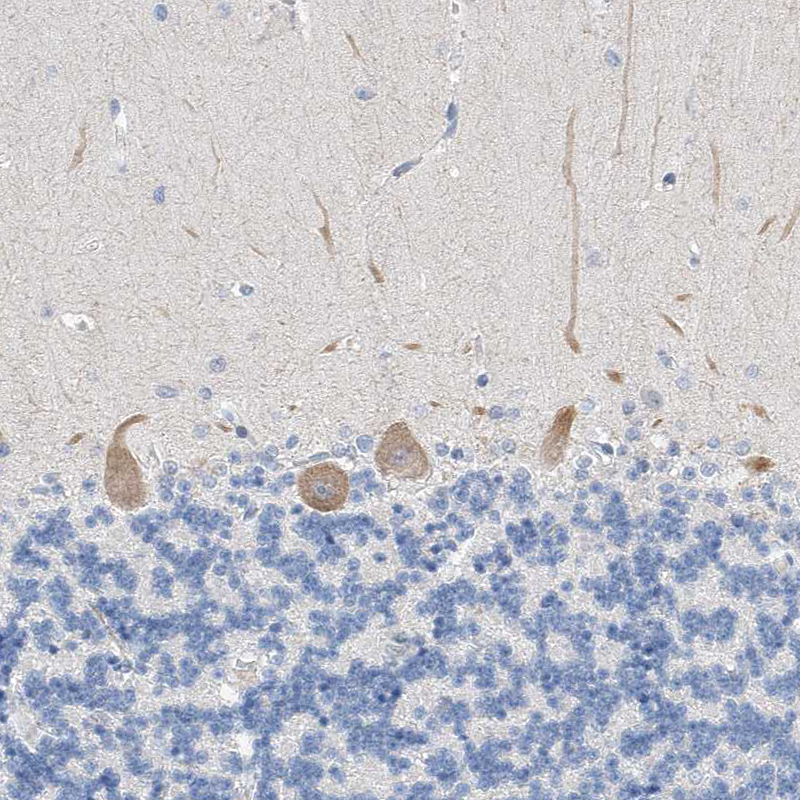![ELISA analysis of antigen using GTX60433 BPTF antibody [2F10]. Red : Control antigen 100ng Purple : Antigen 10ng Green : Antigen 50ng Blue : Antigen 100ng ELISA analysis of antigen using GTX60433 BPTF antibody [2F10]. Red : Control antigen 100ng Purple : Antigen 10ng Green : Antigen 50ng Blue : Antigen 100ng](https://www.genetex.com/upload/website/prouct_img/normal/GTX60433/GTX60433_20170912_ELISA_w_23061123_742.webp)
ELISA analysis of antigen using GTX60433 BPTF antibody [2F10]. Red : Control antigen 100ng Purple : Antigen 10ng Green : Antigen 50ng Blue : Antigen 100ng
BPTF antibody [2F10]
GTX60433
ApplicationsWestern Blot, ELISA
Product group Antibodies
TargetBPTF
Overview
- SupplierGeneTex
- Product NameBPTF antibody [2F10]
- Delivery Days Customer9
- Application Supplier NoteWB: 1/500 - 1/2000. ELISA: 1/10000. *Optimal dilutions/concentrations should be determined by the researcher.Not tested in other applications.
- ApplicationsWestern Blot, ELISA
- CertificationResearch Use Only
- ClonalityMonoclonal
- Clone ID2F10
- ConjugateUnconjugated
- Gene ID2186
- Target nameBPTF
- Target descriptionbromodomain PHD finger transcription factor
- Target synonymsFAC1, FALZ, NEDDFL, NURF301, nucleosome-remodeling factor subunit BPTF, bromodomain and PHD domain transcription factor, bromodomain and PHD finger-containing transcription factor, fetal Alz-50 clone 1 protein, fetal Alz-50 reactive clone 1, fetal Alzheimer antigen, nucleosome remodeling factor, large subunit
- HostMouse
- IsotypeIgG2b
- Protein IDQ12830
- Protein NameNucleosome-remodeling factor subunit BPTF
- Scientific DescriptionThis gene was identified by the reactivity of its encoded protein to a monoclonal antibody prepared against brain homogenates from patients with Alzheimers disease. Analysis of the original protein (fetal Alz-50 reactive clone 1, or FAC1), identified as an 810 aa protein containing a DNA-binding domain and a zinc finger motif, suggested it might play a role in the regulation of transcription. High levels of FAC1 were detected in fetal brain and in patients with neurodegenerative diseases. The protein encoded by this gene is actually much larger than originally thought, and it also contains a C-terminal bromodomain characteristic of proteins that regulate transcription during proliferation. The encoded protein is highly similar to the largest subunit of the Drosophila NURF (nucleosome remodeling factor) complex. In Drosophila, the NURF complex, which catalyzes nucleosome sliding on DNA and interacts with sequence-specific transcription factors, is necessary for the chromatin remodeling required for transcription. Two alternative transcripts encoding different isoforms have been described completely. [provided by RefSeq, Jul 2008]
- Storage Instruction-20°C or -80°C,2°C to 8°C
- UNSPSC12352203

![WB analysis of HEK293 (1) and BPTF (AA: 503-670)-hIgGFc transfected HEK293 (2) cell lysate using GTX60433 BPTF antibody [2F10]. WB analysis of HEK293 (1) and BPTF (AA: 503-670)-hIgGFc transfected HEK293 (2) cell lysate using GTX60433 BPTF antibody [2F10].](https://www.genetex.com/upload/website/prouct_img/normal/GTX60433/GTX60433_20170912_WB_w_23061123_867.webp)



